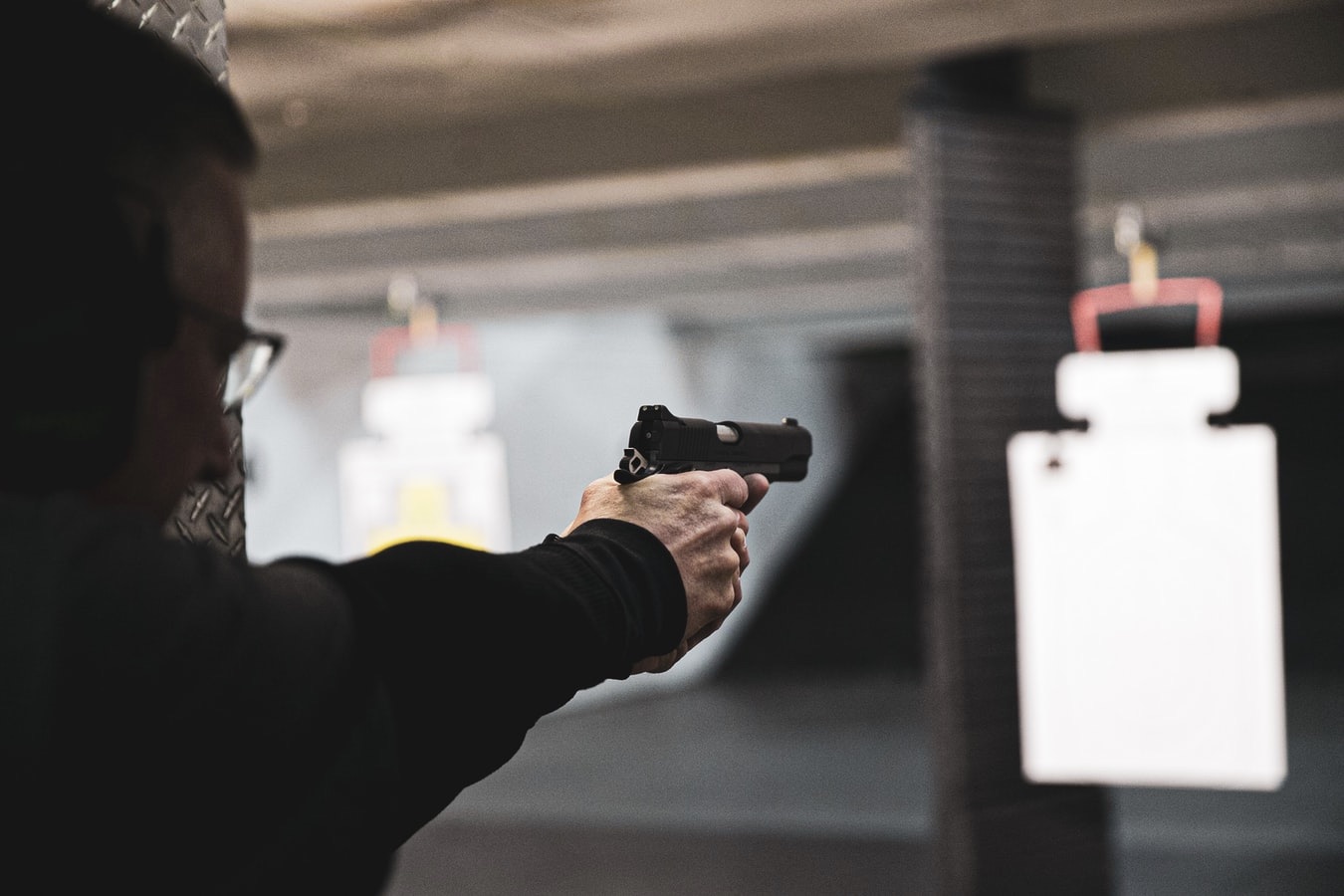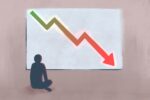Since COVID-19 officially broke out in the U.S. back in early April, the sale of guns and ammo has exploded. Pictures of long lines outside local stores in California have gone viral, while online sites like Ammo.com have recorded sales increase of over 222% between Feb. 23 and March 15.
This is in no way a unique event in the world of arms trade, but the American firearms industry is unique among others of its kind. It is one of the few industries that is more profitable in times of crisis than in times of calm.
The phenomenon of “panic buying” has become so integral to the firearms market that Trump’s presidency — which promised lenient regulation on guns — actually harmed manufacturers and retailers, as fewer people were buying and hoarding ammo in fear of new gun control regulation like they were under the Obama presidency.
These kind of boom-bust cycles drive the industry. Guns fulfill a unique niche within the American consumer consciousness. They aren’t solely marketed on the promise of pleasure or entertainment; rather, they fulfill the same kind of psychological need as pharmaceuticals and insurance.
Guns are about personal protection and self-reliance. To own a gun is a special kind of personal power, one that gives the owner a sense of undeniable self-determination over their life and the lives of others. Be it for hunting, defending your loved ones or even protecting your kids from 30 to 50 feral hogs (a shockingly real concern in the rural west), it’s this undeniably libertarian attitude toward individual efficacy that has come to define gun owners in popular culture.
It should be said that a significant majority of Americans grew up outside of gun culture. Fewer still have ever owned or shot one. Despite being one of the U.S.’s defining rights, less than 30% of Americans claim firearm ownership, while 43% report living in a household with guns. For all intents and purposes, gun owners are the minority within the United States, and this minority is both insular and often misunderstood.
The unkept secret in American’s gun culture is that there is a gaping split in opinion on the nature of firearm ownership. This split can be best described as a difference in how far Second Amendment rights go and what kind of restrictions — if any at all — federal and state legislators have the right to impose on ownership.
Second Amendment Advocates
Easily the most prominent side of this divide is the Second Amendment advocates. These are the owners that push for an uncompromising interpretation of the Second Amendment as something that shall not be infringed.
It is this camp of die-hard gun owners that are responsible for such statistics as 3% of Americans owning 133 million firearms. For advocates, guns aren’t just a tool, they’re a hobby and a lifestyle. In the same way a sneakerhead collects different brands and makes of shoes, many advocates get into collecting weapons.
Foreign surplus military guns, like the Czech-made Vz 58 or Bulgarian WASR AK, are extremely popular, and you can find one in almost every gun store worth its salt. These weapons are not truly military spec, however. They’re “sportified” versions of existing designs, and they don’t have the ability to shoot on full auto. They’re modified to only take lower-capacity magazines.
The restriction on automatic guns is why many in the advocate camp openly call for the repeal of the National Firearms Act, which created the system of national registration and banned the private ownership of machine guns and “destructive devices.”
This group has a prominent hatred for the Bureau of Alcohol, Tobacco, Firearms and Explosives, and ATF agents are often labeled “dog killers” and “Waco Warriors” because of the agency’s history of callously handling gun-related felonies and misdemeanors.
Unsurprisingly, this group is the most likely to harbor strong anti-federal sentiments, and they are united in their conviction that the regulation of guns in any form is a slippery slope to tyranny. Terms like “Boogaloo” — a shorthand for “American Civil War 2, Electric Boogaloo” — are thrown around a lot in the advocate online sphere, referring to a deep paranoia and pessimism surrounding the country’s trajectory.
This group can further be sub-divided into two more camps: those who support the NRA and those who don’t. Those who support it claim that it is the only major gun-lobby/advocate group large and influential enough to meaningfully combat what they see as the slow erosion of rights.
The other side dislikes the NRA because they feel it doesn’t go far enough and has been gradually kowtowing to outside pressure while adopting a less confident stance.
Whether they hate or love the NRA, both sides can agree that they hate “fudds.”
Casual Gun Owners
The second prominent group of gun owners are those who could be called “casual” owners. These gun owners are far more lenient on what they consider to be limits of firearm ownership. Not anywhere as unified as those on the advocate side, those who are casual owners can be anybody from a young woman buying her first concealed carry, to the old man who thinks the Second Amendment only applies to hunting rifles and shotguns — the prototypical “fudd” that advocates despise.
Despite holding a vastly smaller presence in popular perception of the gun debate and in firearm sales, most gun owners are of the casual variety. Casual gun owners often own either one or two guns at the most, usually a handgun or a shotgun, and they rarely purchase semiautomatic rifles like AR-15s or engage in the gun collecting market.
All in all, casual gun owners shoot less, buy less and horde less than advocates. Guns are thought of more as purchasable goods, not as a lifestyle.
Tellingly, the anti-government sentiment is not as strong in this group, and there is no unified voice or subculture. Regulation is permissible among this group, and it is here that you often see the kind of gun owners advocating for such things as red-flag laws and universal background checks.
The casual nature of this form of gun ownership also excludes it from the same kind of fringe-politics often associated with advocates, and in general, casual owners aren’t engaged with lobbying groups like the NRA.
As the quarantines eventually end and a gradual sense of normalcy is restored, those thousands of panic-buyers will eventually find themselves laden with a particularly dangerous paperweight.
Most will sell their newly bought guns or give them up in a buyback program — the norm in these waves. However, a significant majority of them won’t, and they will find themselves gradually taken into the complex and often factionalist world of America’s gun culture.
Some will become hard-nosed advocates, some will become apathetic owners and a few will even become gun makers or retailers themselves. No matter the beliefs, no matter the political stance, they are all united in participating in a uniquely American club.

















